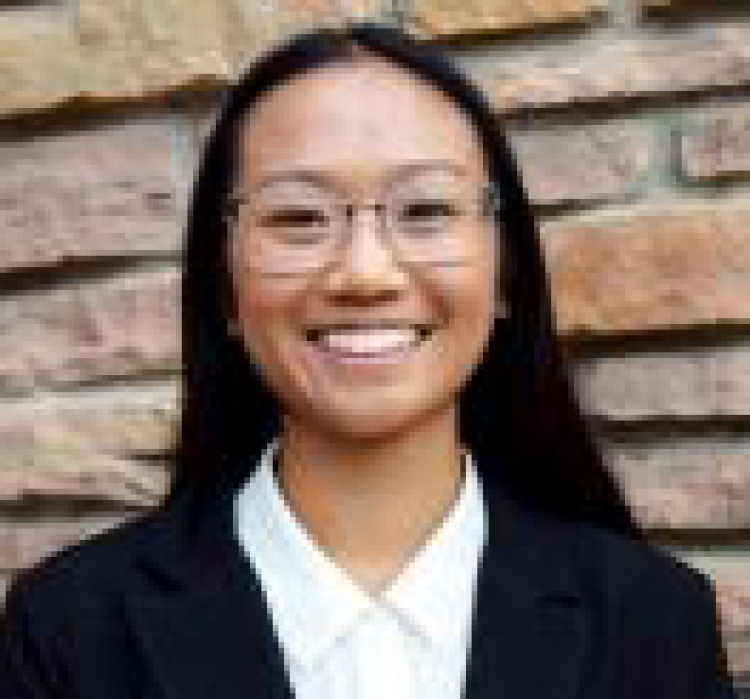Choose to Challenge: Janet Tsai
Janet Tsai is an instructor who did her graduate work at CU Boulder while teaching. Her research emphasizes engineering education and project-based learning.
Tsai discovered her engineering “ah-ha” moment when she was invited to join her high school robotics team. She became captain, and today she is still involved with the organization, celebrating over 20 years with FIRST Robotics. Of course, she couldn’t forget about her father, who is also an engineer. He had an impact on her interest in mathematics.
Highlights
- Became interested in engineering from high school robotics
- Earned degrees from Olin College of Engineering, CU Boulder
- Research focuses on engineering education and project-based learning
- Worked in China developing the Roomba
- Encourages students to consider social and cultural consequences of designs
After receiving her degree in mechanical engineering, Tsai found her dream job working with consumer robots.
“I thought it was really cool that you could work on something and anyone at the store can buy,” she said.
At iRobot Corporation in China, she worked on the Roomba. She worked as a communicator between the design engineers in America and the manufacturers in China.
When she returned to the United States, she found herself missing the manufacturing side of engineering and becoming frustrated with the environment as a woman of color in STEM. After beginning a blog with her friends on their experiences in the STEM industry, Tsai realized that she could make a difference by studying the issue and doing something that could make a positive impact. This motivated her to apply for graduate school, with the goal of studying and changing engineering education.
One of her research projects focused on creating real-world examples of statics. Tsai found that understanding statics was more than what was happening in the classroom. It was important how the students were organizing themselves to access information. The study led to the history of the engineering curriculum and the need to modernize teaching methods. Particularly, the history of the CU Engineering curriculum aligned with the history of the Engineering Center building.
“What are the consequences of that (the curriculum) for modern students who now have a whole different set of tools, a whole different set of technologies, and different challenges for the problems of the world today?” she said.
This semester, Tsai teaches a course that focuses on the social and cultural consequences of engineering designs and how they impact humanity.
“To make sure that it is fair and equitable as possible, it means that we as engineers have to be much more aware of the consequences," she said.
About the Author


